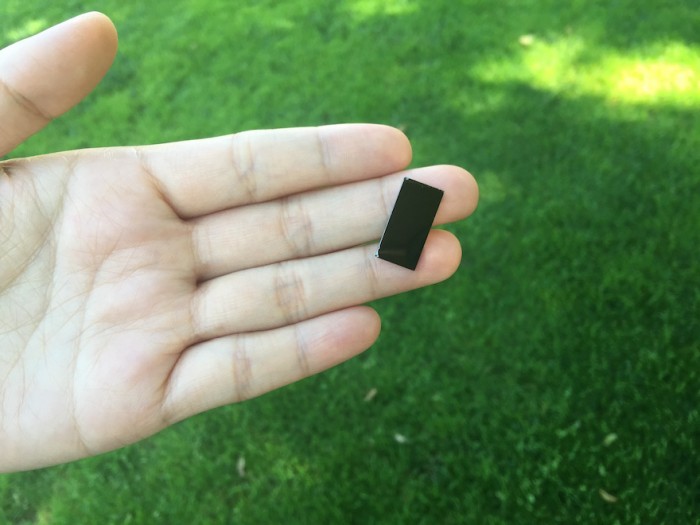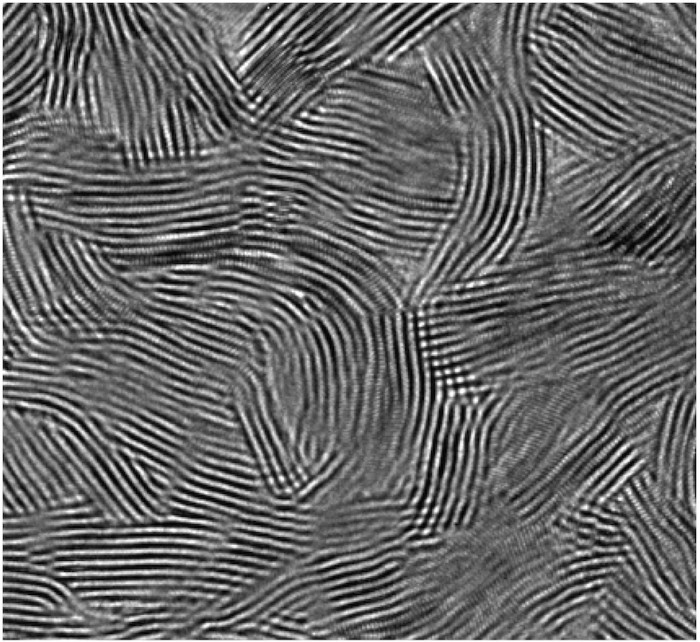Dirty water is made safe by boiling. All over the world, this method consumes valuable time and fuel. Now researchers at the Department of Energy’s SLAC National Accelerator Laboratory and Stanford University have created a nanostructured device, about half the size of a postage stamp, that disinfects water within minutes.
“Our device looks like a little rectangle of black glass. We just dropped it into the water and put everything under the sun, and the sun did all the work,” said Chong Liu, lead author of the report.
So far, the device has been successfully tested on three types of bacteria and was found to be unsuccessful in removing chemicals pollutants from water. But researchers say there’s no reason to think it would not kill other bacterial strains and other types of microbes, such as viruses.
“It’s very exciting to see that by just designing a material you can achieve a good performance. It really works,” said Liu. “Our intention is to solve environmental pollution problems so people can live better.”
The device looks like a tiny, black piece of glass. It’s covered in a layer of nanostructured molybdenum disulfide or nanoflakes. In experiments, sunlight falling on the little device triggered the formation of hydrogen peroxide and other disinfecting chemicals that killed more than 99.999 percent of bacteria in just 20 minutes. When their work was done the killer chemicals quickly dissipated, leaving pure water behind.








